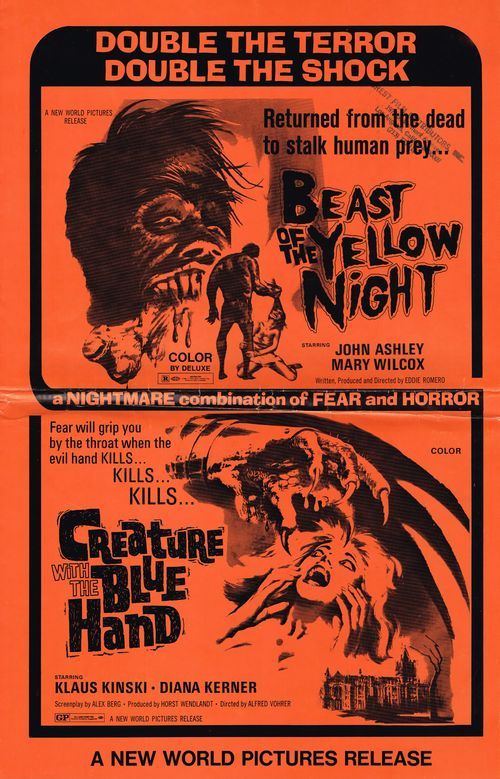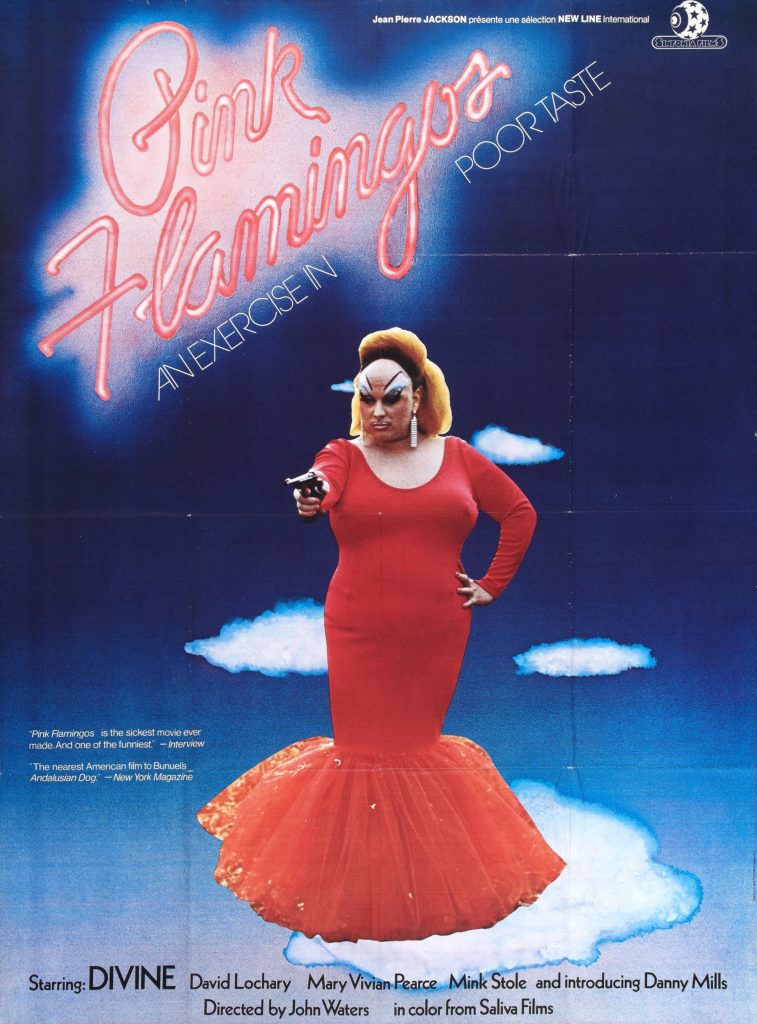Growing Fangs: How "Ginger Snaps" Ties Puberty to Werewolves
John Fawcett’s "Ginger Snaps" intertwines the lore of the werewolf to the hellish experience of a young girl going through puberty.


In the shadow of towering film production companies lived dozens of grindhouses, genres, and low-budget films deemed too “unclean” for the modern film audience. But somehow, these B and C level films were craved enough to create a whole empire in itself. The exploitation film genre is used as an umbrella term for a mirage of subgenres ranging from the better-known monster movies, slashers and splatter films, and blaxploitation films, to the lesser-known Canuxploitation, spacepoiltation, and Giallo films.
Exploitation films existed to capitalize on either the audience or on the current social climate. Often, “mockbusters” would trick an average movie watcher into buying or renting a small budget rip-off of a movie backed by a large production company by creating a convincing enough cover or concept. They suggested they were high-quality, and almost always, they were not. Sometimes charming in their awfulness, but always terrible, mockbusters were bound to disappoint. The goal is to exploit the audience, either with a low-quality cash grab or disturbing or taboo material that highlighted sex (sometimes to the point of becoming softcore pornography), drug use, intense violence, gore, and other material meant to illicit a shock response.

With the rise of The Motion Picture Association’s censorship criteria in 1968, these films had to create their movie theaters called “grindhouses.” The use of “grind” came from the fast-paced production of the films due to how little money and time it took to make them (literally “grinding them out”), as well as the slang “bump and grind” that stemmed from the burlesque clubs of the time. They were meant to have a quick and dirty turnaround to make as much money as possible in the least amount of time.
Exploitation films were more often than not, as stated before, terrible. Corny, with little to no plot and a low budget to the point of being comical, the flicks could never capture the quality of movies released by large production companies. There are of course exceptions like Night of the Living Dead, I Spit on Your Grave, Pink Flamingos, and others that would go on to become cult classics outside of the grindhouse circuit. Like these outliers, certain exploitation films can succeed despite their low budget and graphic content.

But this can be a problem. Plenty of these films thrives off of preexisting structures of misogyny, racism, and the shock value of sensitive and triggering topics, such as homophobia or sexual content (consensual or not). The film, like any art form, should challenge us, but there’s a difference between a director trying to present a topic or issue to any audience that can be hard to watch and a director that shows explicit or shocking content because they know it will sell.
I’m a big fan of garbage films, but I’ll be the first to say that they’re not good.
So, when presented to a modern-day audience on one of the biggest and longest-running streaming platforms, it’s no surprise that they fall flat or generate an intense, and justified reaction. The 2019 Netflix film Polar is a prime example.
Polar is not a challenging movie to understand. It’s Walmart John Wick, it’s half price Oldboy, it’s a gorier Shoot ‘Em Up.
Freshly retired assassin Duncan Vizla tries to assimilate back into normal society but is then hunted down by his previous employer because this employer believes him to be a liability. More importantly, if Duncan dies, all the money he made working for the firm will be returned to the employer. Classic ‘you can never truly leave the business’ assassin movie.
I would not consider it to be a great film. It has inconsistent pacing, over-sexualization of female characters, gratuitous nudity, and an unoriginal plot presented in an unoriginal way. It’s also a fantastic exploitation film with explicit gore and violence, corny dialogue, cartoonish villains, and an often bright, obnoxious color palette to rival the gorgeous eyesore that was 2000s MTV.
This movie is ridiculous. There’s a sing-along to introduce the villains who all wear wild and brightly colored outfits. The main antagonist, Mr. Blut, chews the scenery scene after scene inside of a comically lit-up castle he calls his headquarters. The gore and violence are explosive and somehow seem to top themselves as the film progresses.


But people not only took issue with this unimaginative and oversaturated storyline but also with the sheer amount of gratuitous nudity and sexuality, misogyny, and intense graphic violence. Sindy, one of the women in the hit team sent to hunt down Duncan, is only a personification of sexuality depicted in both a graphic and, at times, violent capacity. The young woman Duncan befriends after he retires, Camille is a victim of sexual assault–this sensitive subject matter is handled indelicately and only serves as motivation for Duncan. This film seems to be transforming women into MacGuffins. They are a motivator but otherwise seem to be irrelevant.
The violence is shocking, graphic, at times hard to watch. It’s an uncomfortable film.
And I enjoyed it so much. It feels like an exploitation film that was accidentally given a high budget. Every critique, every bit of criticism Polar was given I agree with, but it was a fun watch if you’re someone that enjoys those kinds of movies.
It’s an interesting look into what happens when these types of movies are not only hyped up but distributed by such large steaming/production services. There are films with this degree of violence, misogyny, and gore everywhere; they’re not hard to find, but Polar became an example of why they don’t usually work anymore. They’re not for everyone: case in point, they’re a grindhouse feature.
Related lists created by the same author
John Fawcett’s "Ginger Snaps" intertwines the lore of the werewolf to the hellish experience of a young girl going through puberty.